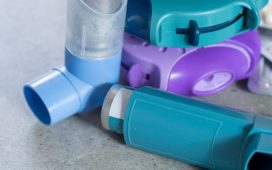Neither the sepsis management bundle nor its interventions improve survival for adults with sepsis
WEDNESDAY, Feb. 21, 2018 (HealthDay News) — For adults with sepsis, use of the Severe Sepsis and Septic Shock Early Management Bundle (SEP-1) or its hemodynamic interventions is not associated with improved survival, according to a review published online Feb. 19 in the Annals of Internal Medicine.
Dominique J. Pepper, M.B.Ch.B., M.D., from the National Institutes of Health in Bethesda, Md., and colleagues conducted a systematic review to examine whether moderate- or high-level evidence shows that use of the entire SEP-1 bundle or its hemodynamic interventions (including serial lactate measurements; a fluid infusion of 30 mL/kg of body weight; and assessment of volume status and tissue perfusion with a focused examination, bedside cardiovascular ultrasonography, or fluid responsiveness testing) improves survival among adults with sepsis. Twenty studies met the inclusion criteria.
The researchers found that in one single-center observational study, lower in-hospital mortality was reported after implementation of the SEP-1 bundle. Increased survival was seen with serial lactate measurement or 30-mL/kg fluid infusions based on data from 16 studies (two randomized and 14 observational). Of the 17 studies, none were free of confounders or at low risk of bias. Fluid responsiveness testing did not alter survival in three randomized trials.
“No high- or moderate-level evidence shows that SEP-1 or its hemodynamic interventions improve survival in adults with sepsis,” the authors write.
Copyright © 2018 HealthDay. All rights reserved.








